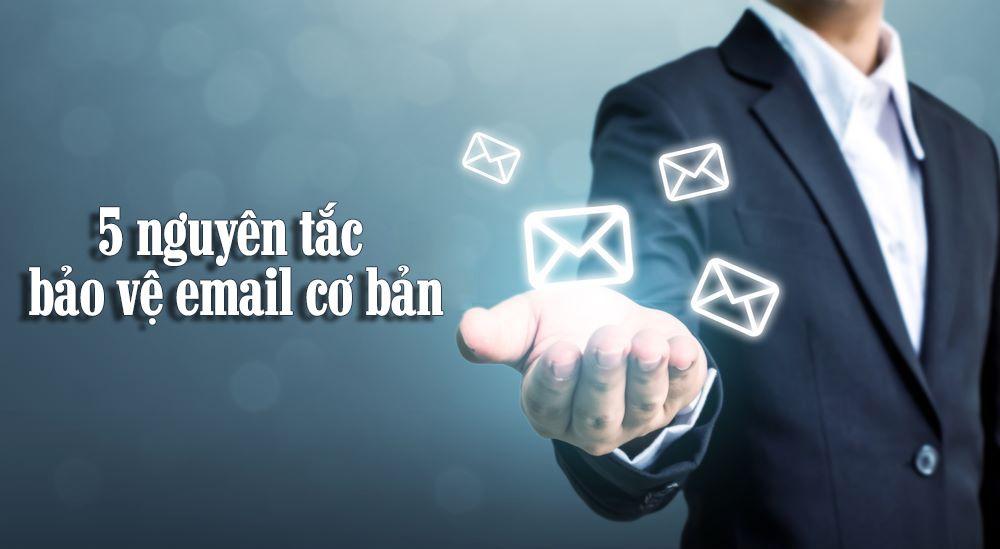Email security is always on the list of important measures to ensure the integrity of enterprise systems and valuable information. Although we generally understand these principles, applying them seriously is still challenging. Any negligence can become an opportunity for potential cyber criminals.
Email has been and always is an important communication channel, containing sensitive and important information. Even the online account registration process requires an email address. This leads to email becoming vulnerable and highly susceptible to malware infections. A targeted attack on an email inbox not only results in data loss, but also leaves an opportunity for hackers to spread malware, perform extortion, and even perform criminal activities. other crime.
Not long ago, security firm CyRadar recorded a significant number of emails containing malware distributed in the form of fake messages from delivery services in Vietnam. In these malicious emails, hackers often ask users to click on a link to confirm the shipping address. However, as soon as the link is activated, the malware is downloaded and infects the victim’s computer.
Not long ago, security firm CyRadar recorded a significant number of emails containing malware distributed in the form of fake messages from delivery services in Vietnam. In these malicious emails, hackers often ask users to click on a link to confirm the shipping address. However, as soon as the link is activated, the malware is downloaded and infects the victim’s computer.
1. Check Links Carefully:
Avoid clicking links in emails carelessly. Always check that the URL is legit, and beware of links from unknown sources. A small click can lead to a visit to a malicious website. If you have any doubts, avoid clicking on that link.
2. Restrictions on Opening Attachments:
Don’t open email attachments unless absolutely necessary. In the past, many viruses hid in PDFs, audio files, or even cleverly spoofed .exe files. Opening attachments is a common way hackers attack. Before opening the file, check the origin and authenticity of the sender.
3. Beware of Email Spoofing:
Hackers today often use fake emails from reputable organizations to deceive recipients. This can come from a bank or government agency. They often ask users to provide sensitive information or take some action. Always double-check email addresses and review them carefully before taking any requested action.
4. Using Virus and Malware Scan Solution:
To secure the future, both users and businesses need to use effective security solutions for email systems. It is important that this solution be able to detect and block spam and viruses, including new viruses that have not appeared before. The system needs to be updated regularly, and if it’s capable of auto-updating, all the better.
5. Use Strong Passwords:
When you have multiple accounts, always use a different password for each account, and avoid using the same password for many different services. Passwords should be strong, avoiding easy-to-guess passwords or easy-to-collect personal information. This will help prevent hackers from finding and cracking your password.
These basic principles cannot be ignored by any email user. They can help you avoid unnecessary harm and protect important information. Apply them seriously and regularly to ensure the safety of your email.
